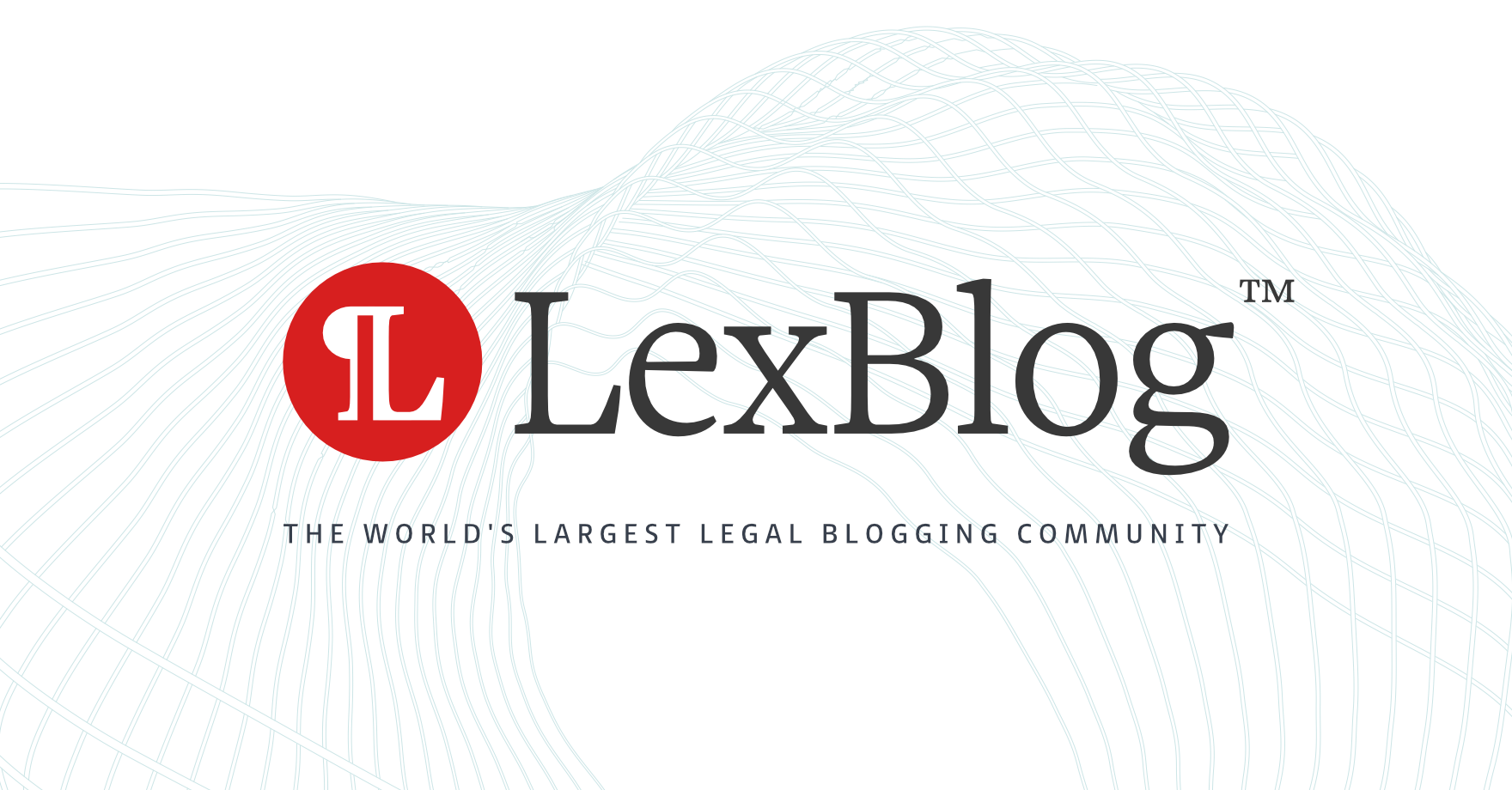
Until recently, to many in the industry, HD radio seemed to be an afterthought – maybe useful in feeding analog translators, but otherwise not very accessible to the public. But there is now more and more interest in HD radio given the increased inclusion of receivers for this digital service as standard equipment in a majority of new cars. This means that consumers have ready access to programming on digital FM subchannels that the technology allows, plus the digital sound quality that HD radio provides and the auxiliary data services that can be conveyed along with the audio programming. This week, the FCC’s Media Bureau issued a Public Notice asking for comments on two technical proposals to enhance service to the public while minimizing interference that the service might otherwise cause to nearby adjacent-channel stations.
Comments are sought on a proposal by the National Association of Broadcasters and Xperi, Inc. (which acquired iBiquity, the company that developed the HD Radio technology) seeking adoption of an updated formula for computing the power level of the “sidebands” on which the HD service resides. The request also asks that the proposal be combined with a 2019 request that FM stations be allowed to operate an HD service with “asymmetric sidebands” without having to seek experimental authority. What do these requests mean and why might they be important?
To explain the issues most simplistically, HD radio operates on what are referred to as “sidebands” of an FM station’s main signal. In essence, the digital information that can be transmitted by a station operating in HD (including separate programming streams and more textual information) is included on frequencies immediately adjacent to the analog signal. While this additional digital information is transmitted on the same “channel” as the analog station, that information is put on the edges of the channel (as opposed to in its center where radiation is highest in an analog operation). When HD radio was authorized early in this century, there were fears that the increased digital use of these sidebands could create interference to adjacent channel stations, as there was greater use of the HD station’s channel on the portions of that channel closest to adjacent channel stations. Thus, as noted in the new NAB/Xperi petition, the Commission itself recognized that it was being conservative in the power levels permitted for the HD operations to guard against such interference to adjacent channel stations.
So how much power should be allowed in these digital sidebands? That is a question that has been debated since the service was first adopted, and there have been many proposals for permission to increase the permitted power levels (see, for instance, the proposals we wrote about here and here). The NAB/Xperi petition contends that, given the experience that has been accumulated in the last decade that HD radio has been in use, there is no longer any reason for the Commission to be conservative about the power levels for these digital sidebands.
The NAB/Xperi petition also asks that its proposal be consolidated with a proposal filed by these same parties (plus National Public Radio) in 2019 that asks the FCC to authorize digital FM operations with asymmetric sidebands, i.e., sidebands operating at different power levels. Right now, the power of the digital sidebands must be equal unless specially authorized by the FCC. However, the parties argue that, where the protections need to be greater on one side of the station’s frequency than the other (e.g., a station on an adjacent channel above the HD station’s frequency is closer, or of higher power than any adjacent channel station operating on a channel below the HD station’s frequency), the power can be restricted on that side, and increased on the sideband where there is more leeway. Allowing increased power on even one sideband would, in the proponent’s view, give the station a better HD signal in its service area.
The purpose of these changes is to help overcome any perception by broadcasters that an HD signal is not worth implementing if it would not provide essentially the same coverage as the analog station. If a station’s HD signal can be delivered at a higher power, even on one sideband, the proponents believe that the stronger HD signal will be provided to a station’s audience, coming closer to replicating the station’s analog service area (and delivering all the benefits of HD service as well). The intention is to encourage broader implementation of HD radio services to the public.
Comments on these proposals are due January 12, 2023, with reply comments due by February 13, 2023. These are but initial comments as to whether the FCC should move forward in its consideration of this petition. Before any rule changes will be made, the FCC will likely need to issue a Notice of Proposed Rulemaking, spelling out the specific changes it proposes to make in its rules to accommodate the proposals. That process will require further public comment. Nonetheless, this is a significant first step in the FCC’s consideration of these proposals – watch as these potential changes to digital radio move forward at the FCC, and offer your opinions on these proposals by the comment dates that the Media Bureau has established.
Courtesy Broadcast Law Blog


